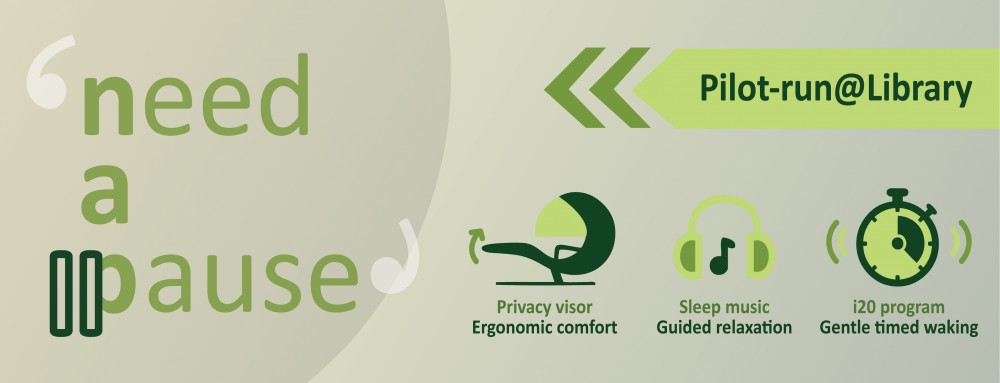Need a pause?
Research showed that up to 60% of college students suffer from poor sleep quality, while around 8% of them actually suffer from insomnia (Schlarb, Friedrich, & Classen, 2017). Sleep can become challenging and problematic due to irregular routines, and especially when there are exams, side jobs, and other social and extracurricular activities. It is well documented that sleep problems have a significant impact on our health and daily life (Medic, Wille, & Hemels, 2017). Lack of sleep can severely hurt our concentration and memory, ending up in poor performance and lower GPAs (Gaultney, 2010). It also contributes to various health and immune issues, as well as anxiety and mood problems (Taylor et al., 2011).
More attention and interests are drawn in the science of nap in recent years (e.g. Milner & Cote, 2009; Dhand & Sohal, 2006). Here are some benefits of taking a nap during the day:

|
|
Taking a nap is good for us. Below are some tips on how to take a good nap:
|
 |
|
|
|---|---|

To raise students’ wellbeing awareness, SEN Support of Counseling and Wellness Center collaborates with the Library to launch this “Need-A-Pause” campaign as a pilot run in Summer 2020. Visit “Need-A-Pause” on LG1, Library to experience a perfectly timed, energy-reviving 20-minute nap in an ergonomic nap pod with music, light and gentle vibration.
Resources on napping and sleep hygiene:
Counseling and Wellness Center, Sleep Hygiene leaflet
SEN Support, Napping and Special Educational Needs
National Sleep Foundation, Should you nap?
The Better Sleep Council, www.bettersleep.org
World Sleep Day, worldsleepday.org
References:
- Dhand, R., & Sohal, H. (2007). Good sleep, bad sleep! The role of daytime naps in healthy adults. Current Opinion in Internal Medicine, 6(1), 91–94.
- Gaultney, J. F. (2010). The Prevalence of Sleep Disorders in College Students: Impact on Academic Performance. Journal of American College Health, 59(2), 91–97.
- Medic, G., Wille, M., & Hemels, M. (2017). Short- and long-term health consequences of sleep disruption. Nature and Science of Sleep, Volume 9, 151–161.
- Milner, C. E., & Cote, K. A. (2009). Benefits of napping in healthy adults: impact of nap length, time of day, age, and experience with napping. Journal of Sleep Research, 18(2), 272–281.
- Schlarb, A., Friedrich, A., & Claßen, M. (2017). Sleep problems in university students – an intervention. Neuropsychiatric Disease and Treatment, Volume 13, 1989–2001.
- Taylor, D. J., Gardner, C. E., Bramoweth, A. D., Williams, J. M., Roane, B. M., Grieser, E. A., & Tatum, J. I. (2011). Insomnia and Mental Health in College Students. Behavioral Sleep Medicine, 9(2), 107–116.